1. The Eiffel Tower – Paris, France
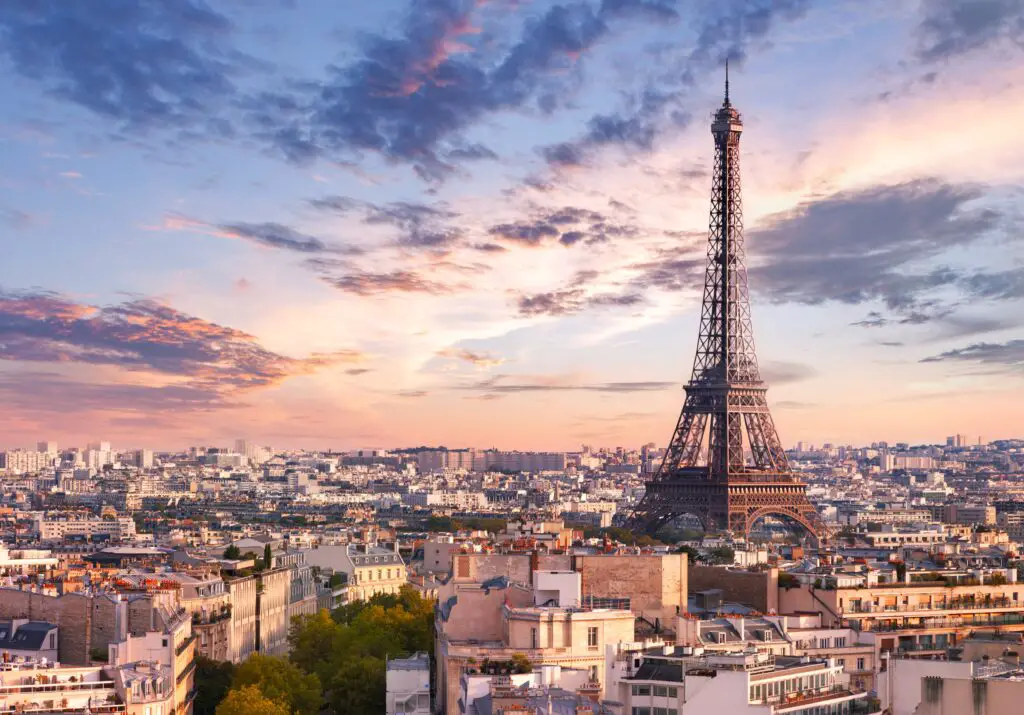
It’s hard to imagine Paris without picturing the Eiffel Tower, but many locals avoid it like the plague. Not only is it constantly swarmed with tourists, but the surrounding area has become a haven for overpriced souvenirs and pickpockets. Parisians love their city’s beauty, but the tower’s base is often more chaotic than charming. Most would rather enjoy the skyline from Montmartre or Parc des Buttes-Chaumont than brave the crowds below the iron giant shares Vogue.
While it’s undoubtedly iconic, Parisians tend to see it as a symbol for visitors, not something woven into their daily lives. The restaurants nearby are rarely frequented by locals, who know better places to eat for a third of the price. And let’s be honest—once you’ve lived in Paris a while, the magic of the tower kind of fades. Locals prefer the smaller, quieter corners of the city that still feel authentically Parisian adds CBS News.
2. The Leaning Tower of Pisa – Pisa, Italy
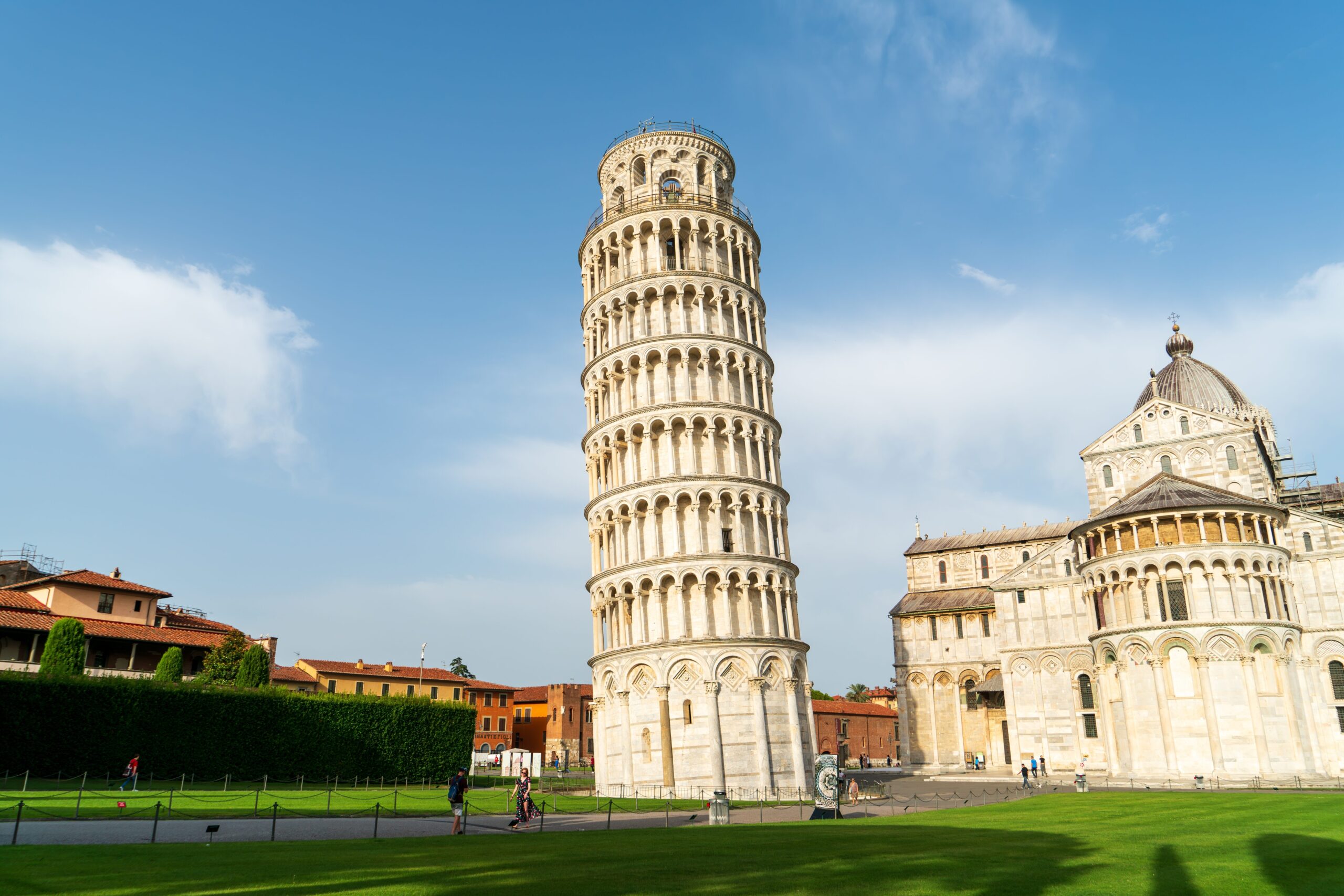
This famously tilted structure draws flocks of tourists trying to snap the perfect “holding it up” photo, but ask a local and they’ll probably roll their eyes. It’s one of those places Italians visit once as kids and never return to. The area around it is mostly tourist traps and aggressive vendors, and it doesn’t really represent the beauty of Tuscany as a whole says Withlocals.
Pisa has so much more to offer than this one tower, but it often gets overshadowed. Many locals wish people would explore the riverside cafés, museums, and hidden alleyways instead. The tower’s popularity has brought money to the area, sure, but it’s also brought traffic, noise, and sky-high prices. For a more authentic experience, locals suggest nearby cities like Lucca or Siena adds Wikipedia.
3. Times Square – New York City, USA
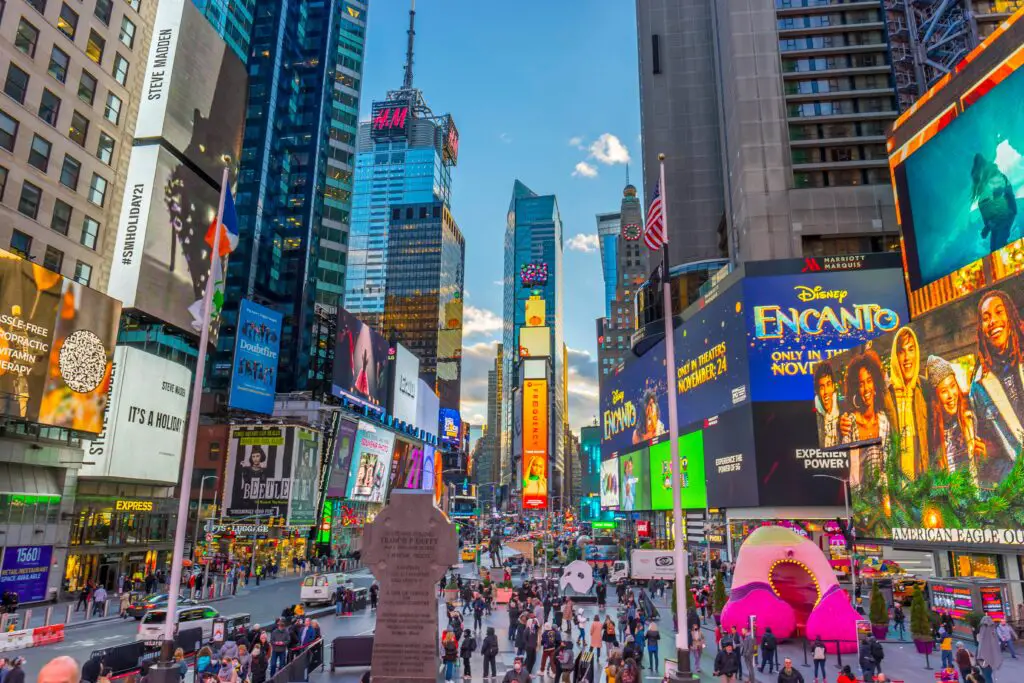
Technically not “abroad” for Americans, but to many international travelers, it’s the first stop in the U.S.—and New Yorkers largely hate it. Locals do everything they can to avoid Times Square. It’s loud, crowded, overpriced, and a bit of a sensory overload. The flashing lights and street performers might be fun the first time, but for people who live there, it’s just a place that slows down their commute.
Ask a New Yorker when they last willingly went to Times Square and you’ll probably get a laugh. The restaurants are chains, the shopping is generic, and the vibe feels more like a theme park than a real part of the city. Locals usually send visitors to neighborhoods like the West Village or Brooklyn for a more “real” New York experience. And yes, they absolutely judge you for buying an “I ❤️ NY” shirt there.
4. The Blue Lagoon – Iceland

Iceland’s Blue Lagoon might look like something out of a dream, but Icelanders themselves are often less than impressed. It’s man-made, expensive, and not even a natural geothermal spring—something many visitors don’t realize. The real hot springs locals love are tucked away in the countryside and don’t cost an arm and a leg. And forget soaking peacefully; it’s usually packed with people posing for selfies.
Most Icelanders find the Lagoon overhyped and overrated. They’ll tell you the best thermal experiences are the free or low-cost natural pools scattered around the island. The Blue Lagoon’s popularity has also raised concerns about environmental damage and overtourism. For a more relaxing and authentic soak, locals might steer you toward the Secret Lagoon or a quiet fjord-side hot spring.
5. The Hollywood Walk of Fame – Los Angeles, USA

Another U.S. spot that’s often on international travel lists, the Hollywood Walk of Fame is glamorized in movies but rarely appreciated by locals. Angelenos mostly see it as a gritty, chaotic stretch of sidewalk that’s better avoided. It’s filled with costumed characters asking for tips, overpriced parking, and a general sense of disappointment once you realize it’s just names on a dirty sidewalk.
Most locals wouldn’t be caught dead strolling there unless they’re playing tour guide. The surrounding area doesn’t scream Hollywood glamour—it’s more like souvenir shops and fast food. If you want to experience real LA culture, locals suggest exploring the artsy corners of Silver Lake or taking a hike in Griffith Park. Hollywood Boulevard just doesn’t live up to the hype for those who live nearby.
6. Manneken Pis – Brussels, Belgium
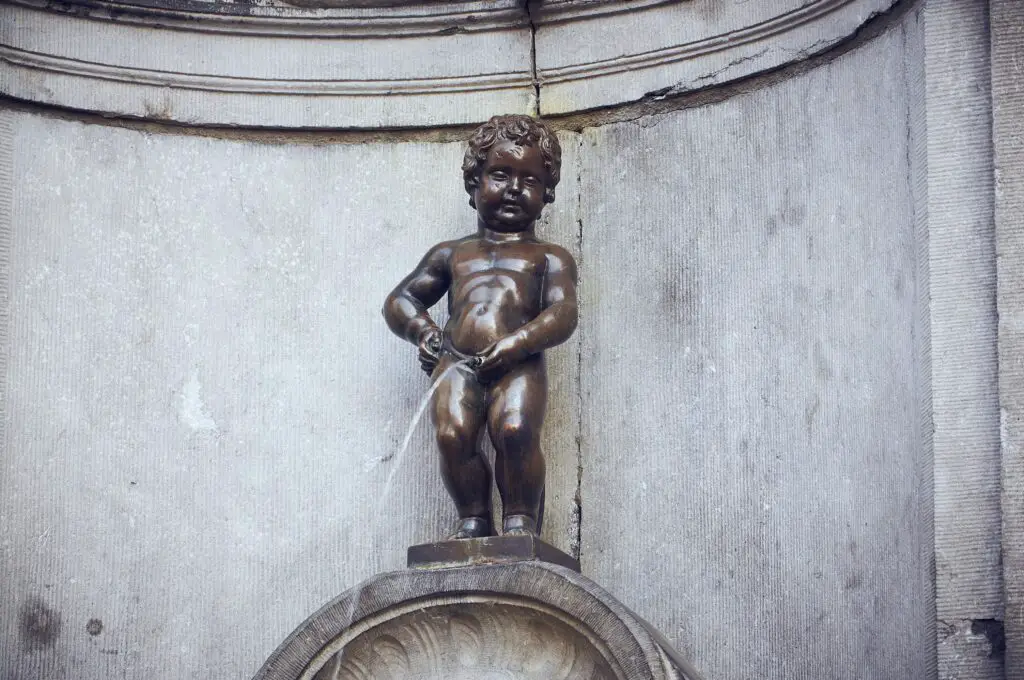
This tiny statue of a peeing boy is inexplicably famous, but locals are baffled by the fascination. It’s smaller than most people expect—barely two feet tall—and surrounded by crowds of confused tourists. Many Belgians view it as a quirky curiosity, not a must-see monument. It’s charming in its own way, but certainly not worth the fanfare it gets.
Brussels has much more to offer in terms of architecture, culture, and food, yet this statue often overshadows all that. Locals would rather you spend your time in the Grand Place or sampling actual Belgian chocolate. The statue occasionally gets dressed in costumes, which is fun, but it still doesn’t explain the obsession. For most residents, it’s just part of the scenery—not a bucket list item.
7. Santorini – Greece
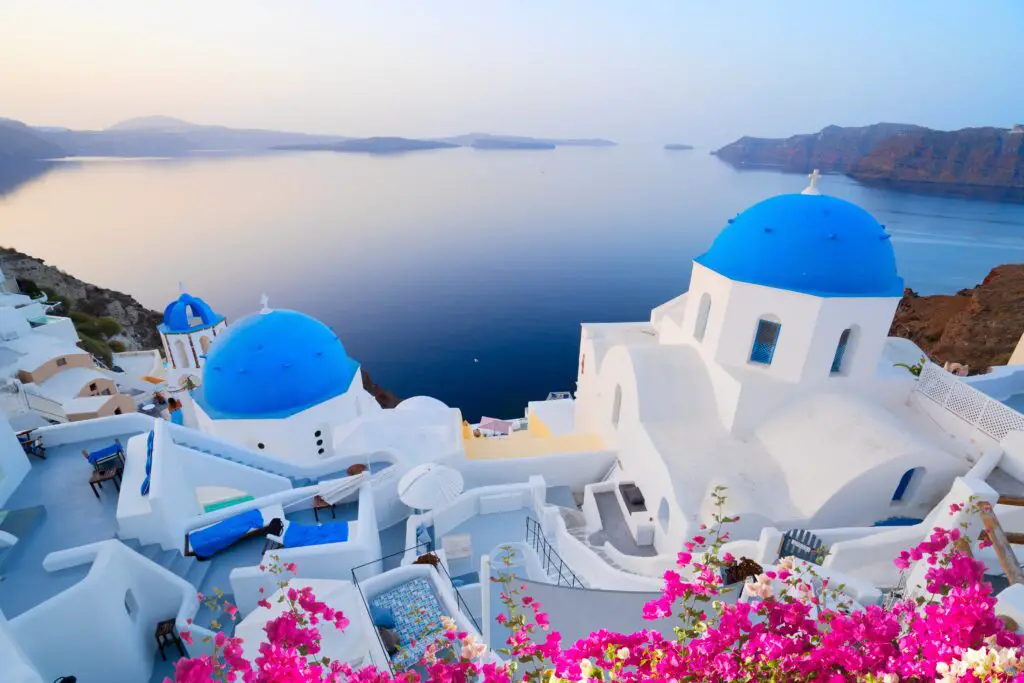
Santorini’s whitewashed buildings and blue domes are undeniably stunning, but ask a local and they might groan at the mention of it. The island has become overwhelmed with tourists, especially during peak season. Locals struggle with the strain on infrastructure and rising prices that make it harder for them to live comfortably. What used to be a quiet island paradise has turned into a hotspot clogged with selfie sticks and cruise ship crowds.
Many Greeks prefer other islands like Naxos or Paros, which offer a more authentic and peaceful experience. Santorini still holds beauty, of course, but it’s no longer the hidden gem it once was. You’ll often hear locals say it’s best seen in the off-season, if at all. The sunsets are magical, but so is preserving the balance between tourism and everyday life.
8. Machu Picchu – Peru
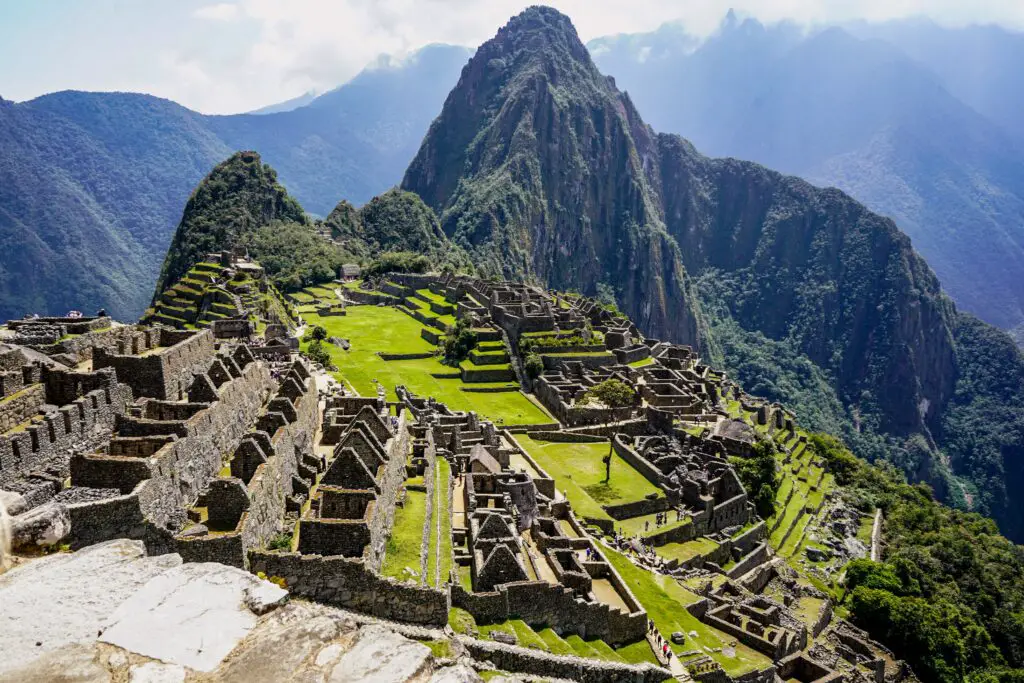
Machu Picchu is awe-inspiring, no doubt, but many Peruvians feel conflicted about how it’s managed. The influx of visitors has led to concerns about erosion, environmental damage, and cultural disrespect. The sacred site isn’t just a photo op—it holds deep historical and spiritual meaning. But not all tourists treat it that way.
Locals also point out that Peru has countless other ancient sites worth visiting, many of which are just as impressive and far less crowded. Places like Choquequirao or the Sacred Valley offer similar grandeur without the shoulder-to-shoulder crowds. The journey to Machu Picchu has also become extremely commercialized, which some feel detracts from its magic. Peruvians often wish visitors would explore beyond just the one famous spot.
9. The Little Mermaid – Copenhagen, Denmark

You might imagine this statue as a majestic tribute to fairy tales, but it’s pretty underwhelming in person. Danes often laugh at how disappointed tourists look when they finally find it. It’s small, often surrounded by people climbing rocks for pictures, and honestly a bit out of the way. For many Copenhageners, it’s just something you pass on a bike ride.
Locals would much rather tourists explore the city’s vibrant food scene, harborfront bars, or cozy neighborhoods. The statue has become more of a meme than a meaningful landmark. Some even call it the most overrated attraction in the city. Copenhagen has so much charm elsewhere—it’s a shame this little bronze figure gets all the attention.
10. The Spanish Steps – Rome, Italy
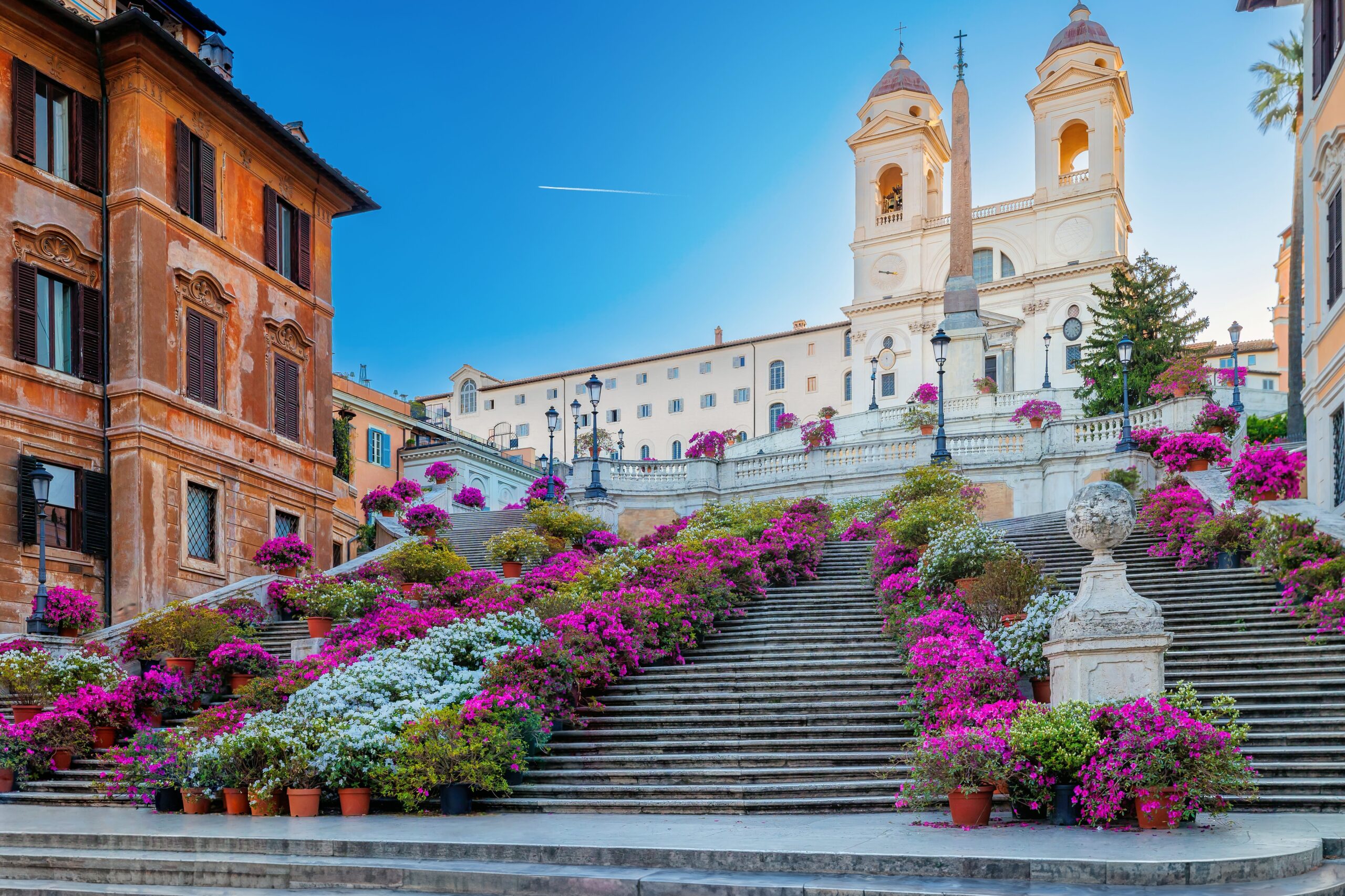
Rome is full of breathtaking sights, but the Spanish Steps don’t always live up to expectations for locals. It’s essentially a staircase with lots of people sitting on it, taking photos or trying to dodge street vendors. Italians know better spots to soak in the city’s romantic atmosphere without elbowing through crowds. The area around it has also become overrun with luxury stores and tourist prices.
Romans would much rather stroll through Trastevere or relax near the Tiber River. The steps have history, yes, but they’re not the magical experience many visitors expect. And with rules prohibiting eating or sitting there now, it’s even less appealing. For locals, the charm of Rome lies in the hidden corners—not this overly hyped staircase.
11. Temple Bar – Dublin, Ireland
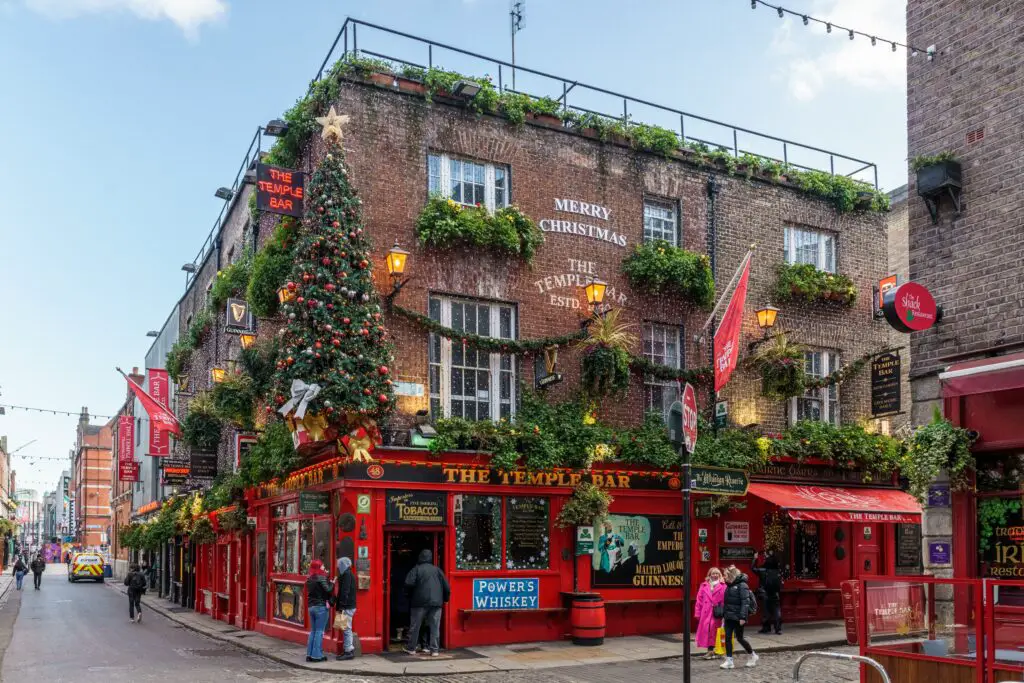
Temple Bar might be the go-to nightlife spot for tourists, but many Dubliners steer clear. It’s become known for overpriced pints, rowdy crowds, and a lack of authenticity. What was once a historic area is now more of a party zone that locals say doesn’t reflect real Irish pub culture. It’s loud, messy, and not the kind of place you’d take your parents for a pint.
Locals much prefer their neighborhood pubs, where conversations flow easier and the Guinness is half the price. Temple Bar is fine if you’re looking for a wild night out, but it’s not where Dubliners usually go to unwind. They’ll often joke that it’s a place “only Americans go.” For a more genuine experience, they’d recommend places like The Gravediggers or The Cobblestone.
12. Mount Fuji – Japan
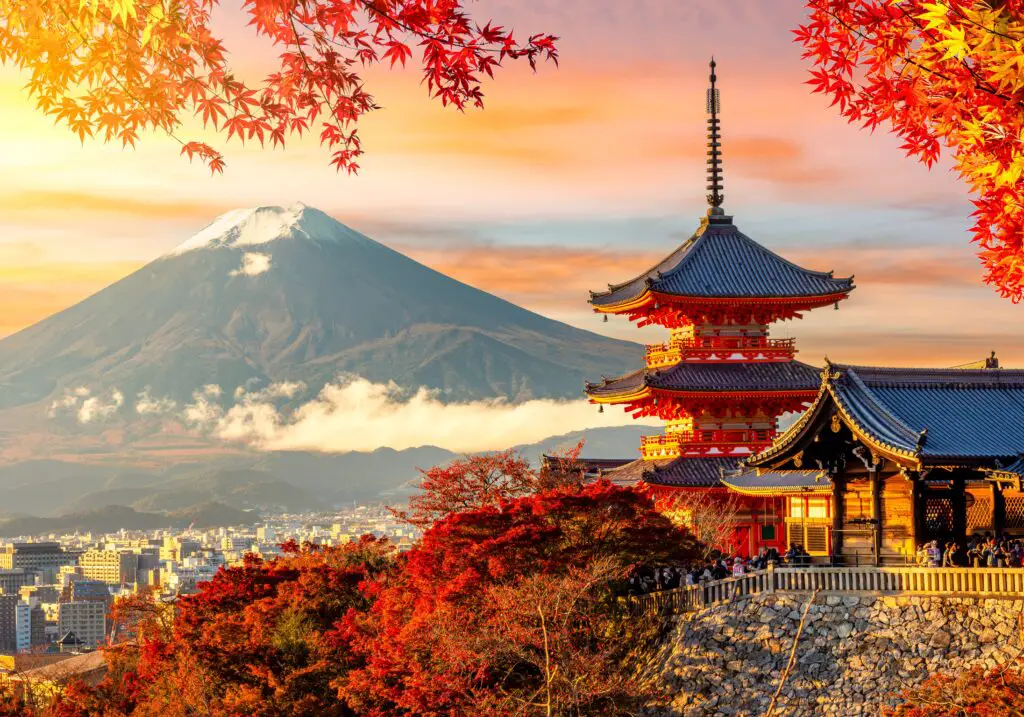
Mount Fuji is a cultural symbol of Japan, but the experience of visiting it can be surprisingly disappointing. The climb is often overcrowded, with long lines and few quiet moments. Many Japanese people admire it from afar rather than making the trek. It’s more about the view of Fuji than the view from it.
The surrounding towns have become very commercialized, with souvenir shops and themed cafes taking center stage. Locals say that places like the Japanese Alps offer more serene and beautiful hikes. Fuji’s magic is best appreciated in the early morning from a distance, not while standing in a crowd at the summit. Tourists often miss the subtle beauty of Japan by focusing too much on this one landmark.
13. Charles Bridge – Prague, Czech Republic
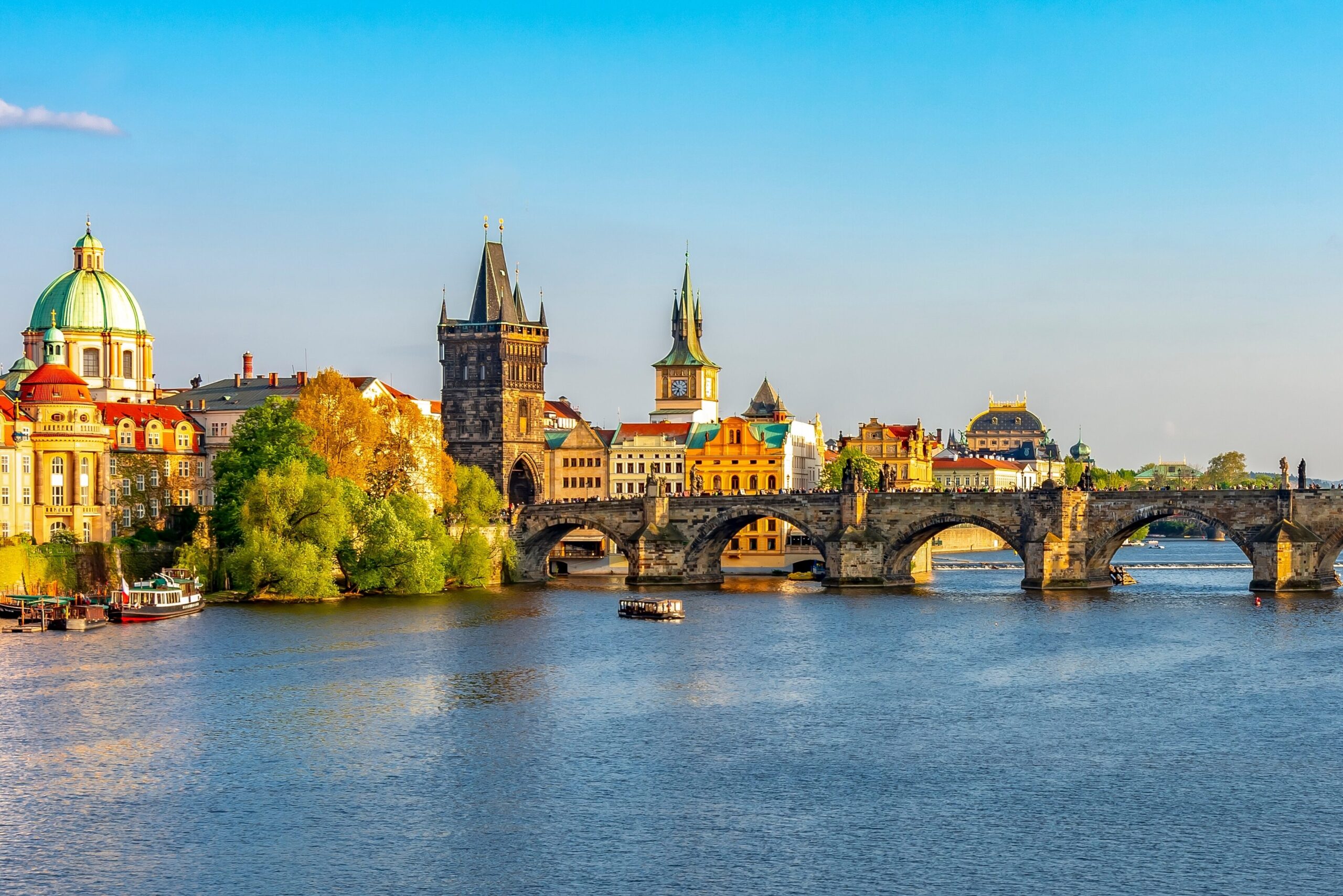
Charles Bridge is undeniably picturesque, but Prague locals rarely set foot on it unless they have to. It’s jam-packed from morning to night, with buskers, vendors, and tourists jostling for photos. What should be a peaceful historic walk turns into a slow-moving parade. Many residents avoid the area entirely and lament how commercial it’s become.
Prague has dozens of lesser-known spots just as beautiful and way more tranquil. Locals often suggest walking the nearby Manes Bridge or heading to Letná Park for amazing views without the fuss. The bridge used to be a beloved part of the city, but now it’s more of a photo op than a local gem. For a better experience, go early in the morning or not at all.
14. Copacabana Beach – Rio de Janeiro, Brazil

Copacabana Beach might look like paradise in photos, but many Rio locals prefer other beaches. It’s often crowded, noisy, and a bit chaotic. Safety can be a concern, and petty theft is unfortunately common. While it’s iconic, it’s not exactly relaxing if you’re just looking to unwind.
Cariocas (locals from Rio) usually opt for quieter beaches like Prainha or Grumari, where the vibe is more laid-back and authentic. They know the best places for swimming, surfing, and sunbathing without all the commotion. Copacabana has its place in pop culture, but it’s not the local favorite it used to be. Ask a native where to go and you’ll get a whole different list.
15. La Rambla – Barcelona, Spain
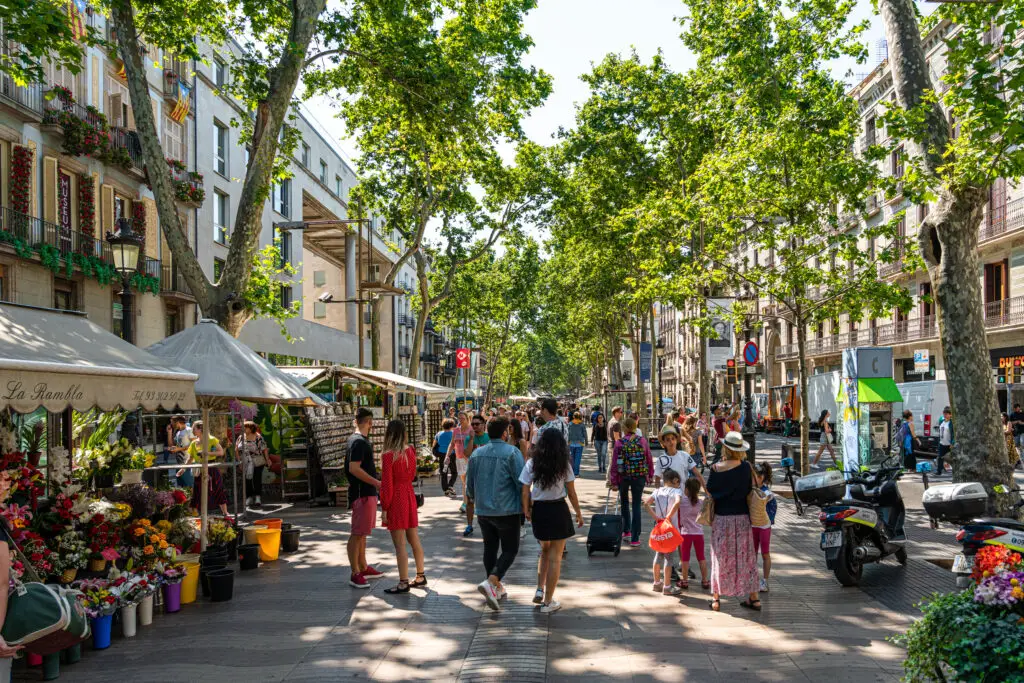
La Rambla is often packed wall-to-wall with tourists, and many Barcelonans find it exhausting. What was once a lovely promenade is now known for pickpockets, high prices, and mediocre food. Locals say it’s lost much of its charm and now caters almost exclusively to visitors. It’s a street they pass through, not one they linger on.
For a more authentic Barcelona experience, residents recommend wandering through the Gràcia neighborhood or enjoying a vermouth in El Raval. The real heart of the city is found in its hidden courtyards and quiet cafés, not in the hustle of La Rambla. Locals often shake their heads at the lines outside touristy tapas spots when better food is just around the corner. If you want to feel like a local, you’ve got to stray a bit off the beaten path.
